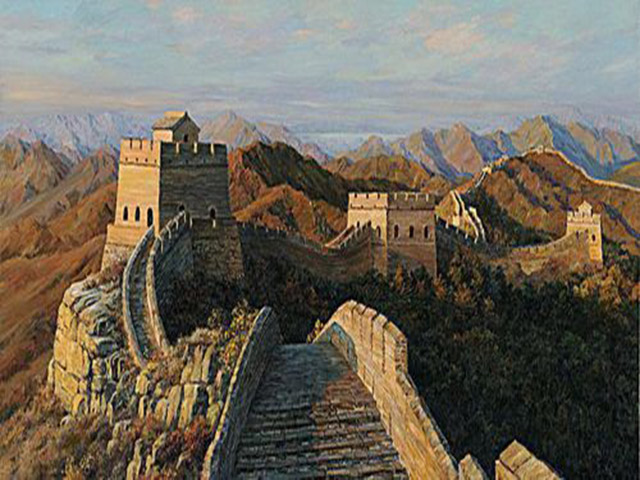
The Great Wall of China is a series of fortifications made of stone, brick, tamped earth, wood, and other materials, generally built along an east-to-west line across the historical northern borders of China to protect the Chinese states and empires against the raids and invasions of the various nomadic groups of the Eurasian Steppe. With a total length of over 21,000 kilometers, it is the longest wall in the world. In this blog post, we will explore the history of the Great Wall of China, from its early origins to its current status as a major tourist attraction.
Early history of the Great Wall
The Great Wall as we know it today is the result of centuries of development and expansion. However, the origins of the Great Wall can be traced back to the 7th century BC, when various Chinese states began building fortifications along their borders to defend against raids from nomadic tribes. These early walls were made of earth and stone, and were not connected to form a single continuous barrier.
During the Warring States period (475-221 BC), several states began to connect their fortifications to form longer walls. The most famous of these walls was the one built by the state of Qi in the 5th century BC, which stretched for over 600 kilometers. However, it was not until the Ming dynasty (1368-1644) that the Great Wall as we know it today began to take shape.
Construction of the Great Wall
Under the Ming dynasty, the Great Wall was extended and rebuilt to its current form. The Ming emperors ordered the construction of a stronger, taller wall to better defend against raids by the Mongol tribes to the north. The wall was built using a variety of materials, including brick, tamped earth, stone, and wood.
The construction of the wall was a massive undertaking, requiring the labor of millions of workers. Many of these workers were prisoners or conscripts, and the conditions under which they worked were often harsh. Despite this, the construction of the Great Wall is considered a remarkable achievement of ancient engineering.
Strategic significance of the Great Wall
The Great Wall served as an effective barrier against invasions by the nomadic tribes of the Eurasian Steppe. It also served as a barrier to control the movement of trade and the migration of people. It was a symbol of China’s power and a source of national pride. The Great Wall also played an important role in the defense of China during periods of war and invasion.
Modern history of the Great Wall
In the centuries since the Ming dynasty, the Great Wall has fallen into disrepair. However, in recent years there have been significant efforts to restore and preserve the Great Wall. The Chinese government has invested a large amount of money in these efforts, and many sections of the wall have been restored to their former glory.
Today, the Great Wall is a major tourist attraction, drawing millions of visitors from around the world each year. Visitors can hike along the wall, visit the watchtowers and battlements, and learn about the history and culture of China. However, due to the heavy tourism, some of the restoration work has caused some damage to the original structure, so it’s important to consider how to visit the wall in an ecologically sustainable way.
Conclusion
The Great Wall of China is a testament to the ingenuity, determination, and perseverance of the Chinese people. It is a symbol of China’s rich history and culture, and a reminder of the country’s strategic significance in world history. Despite the challenges of preservation and tourism, the Great Wall remains an important part of the world’s heritage and a must-see destination for any traveler to China.




